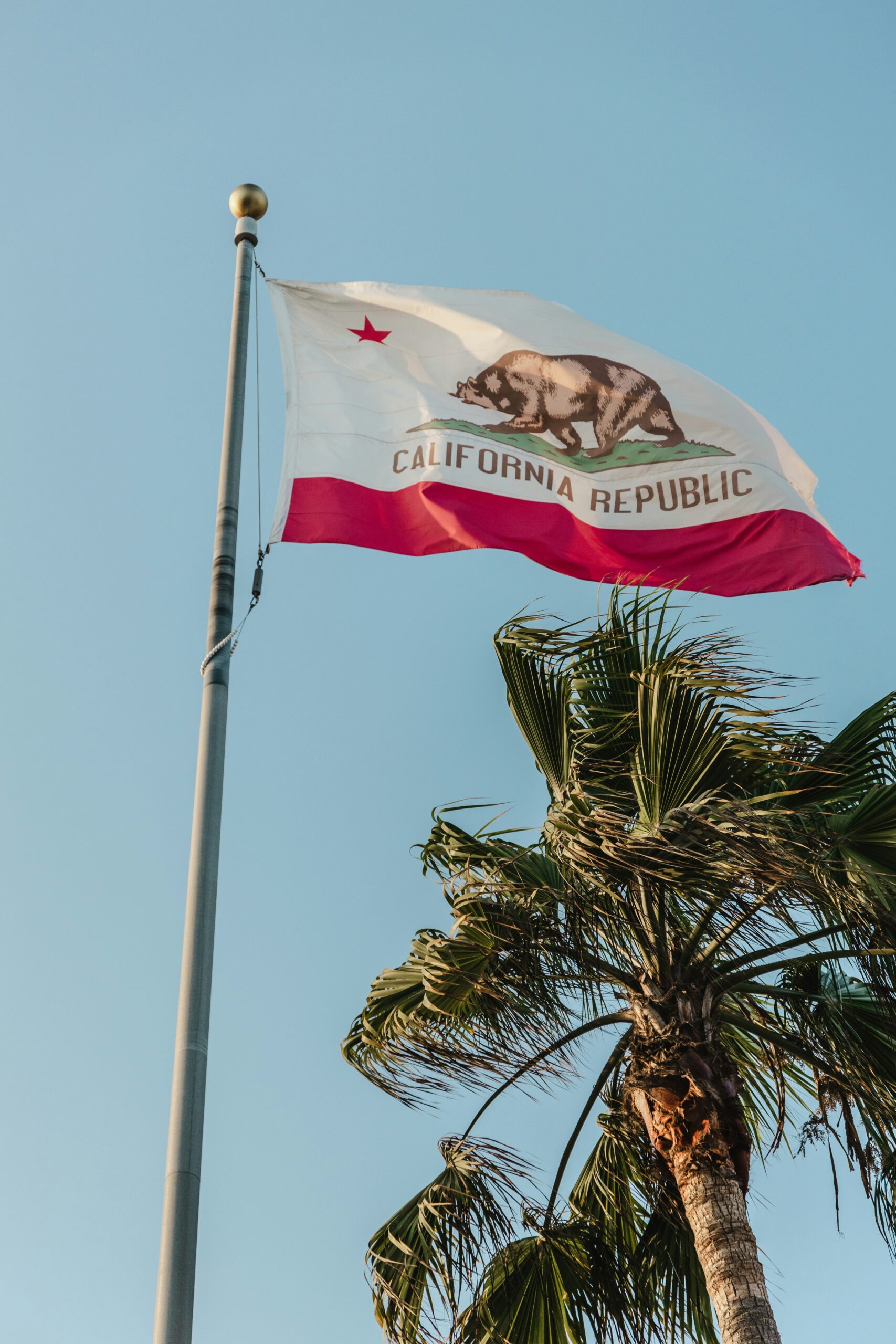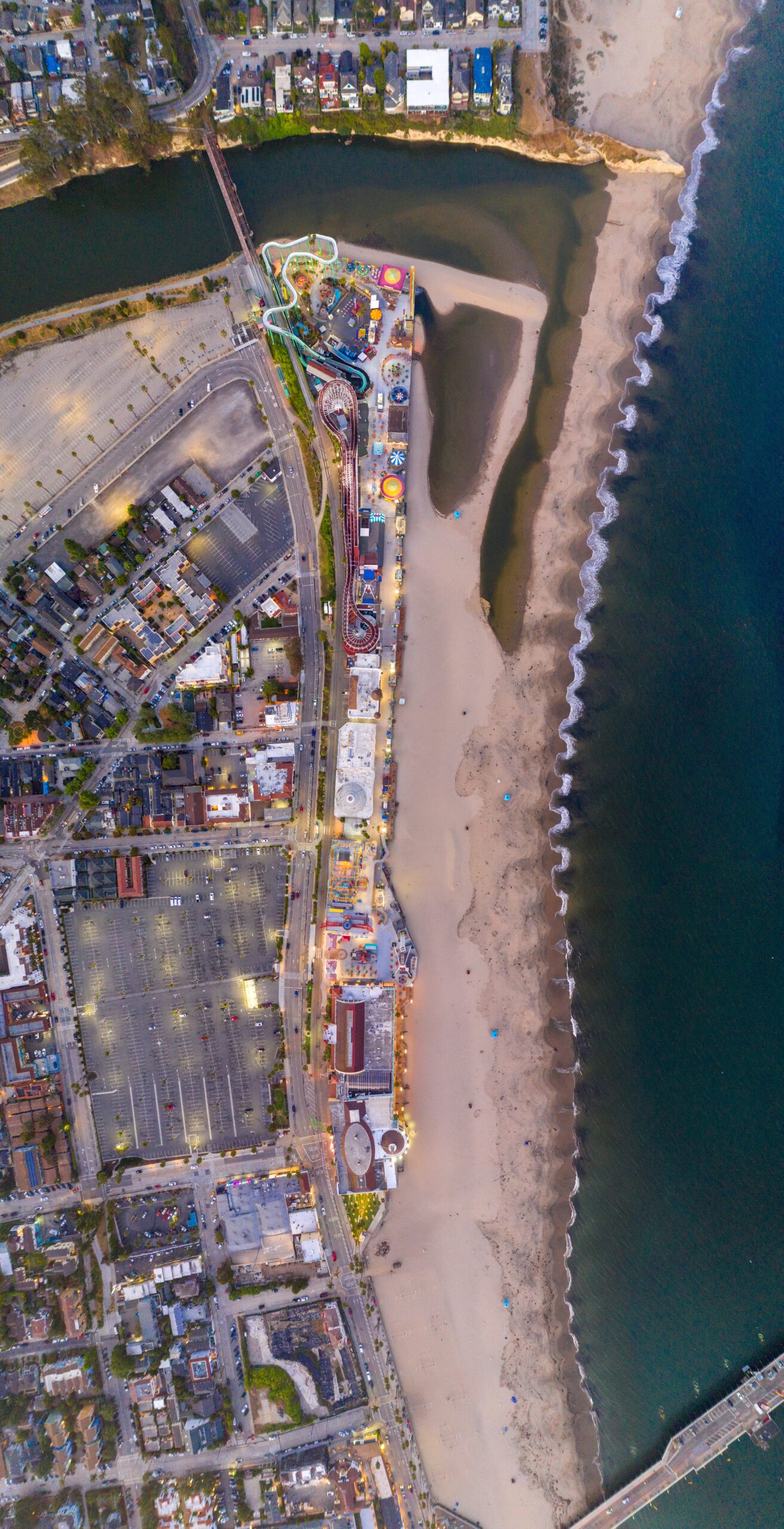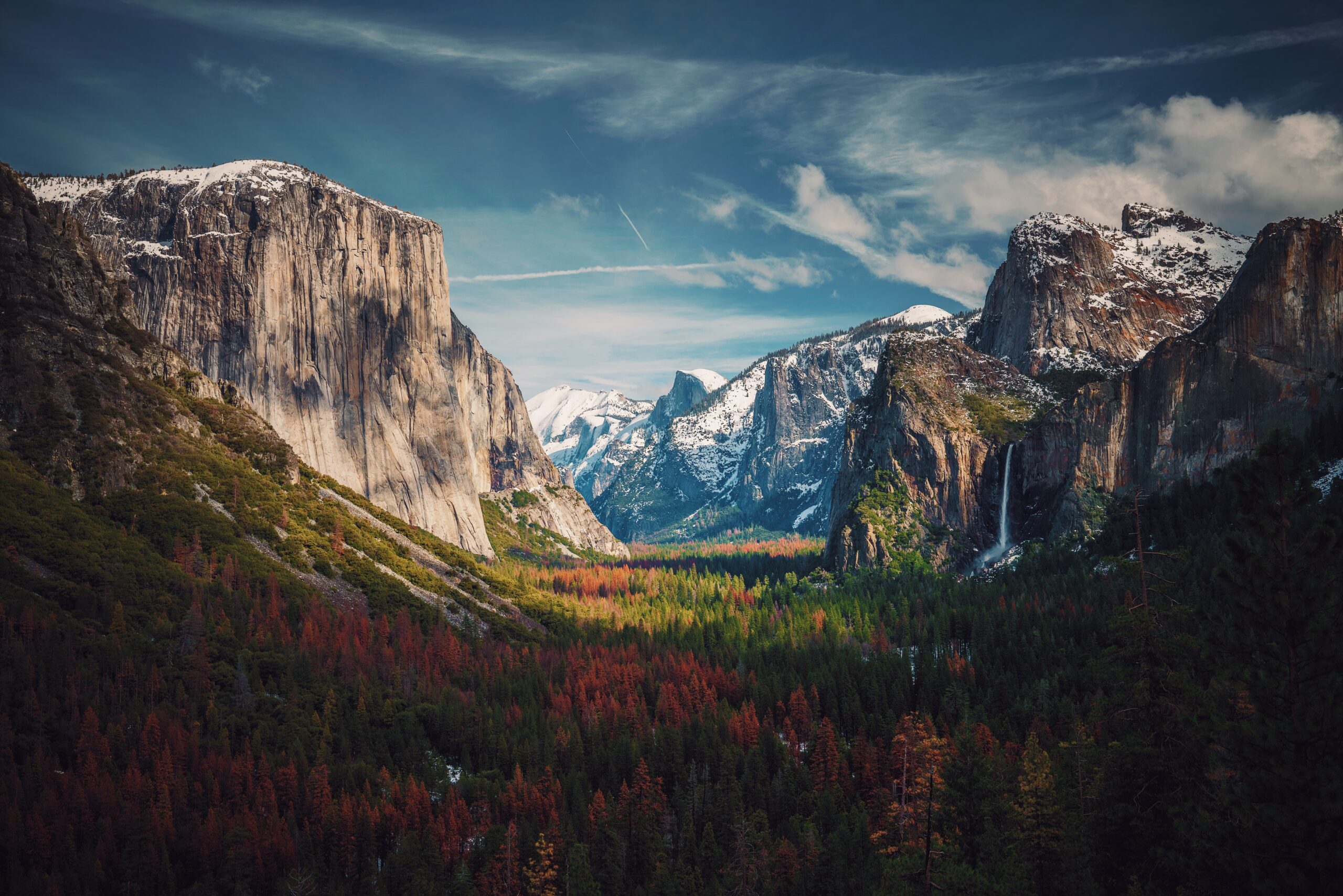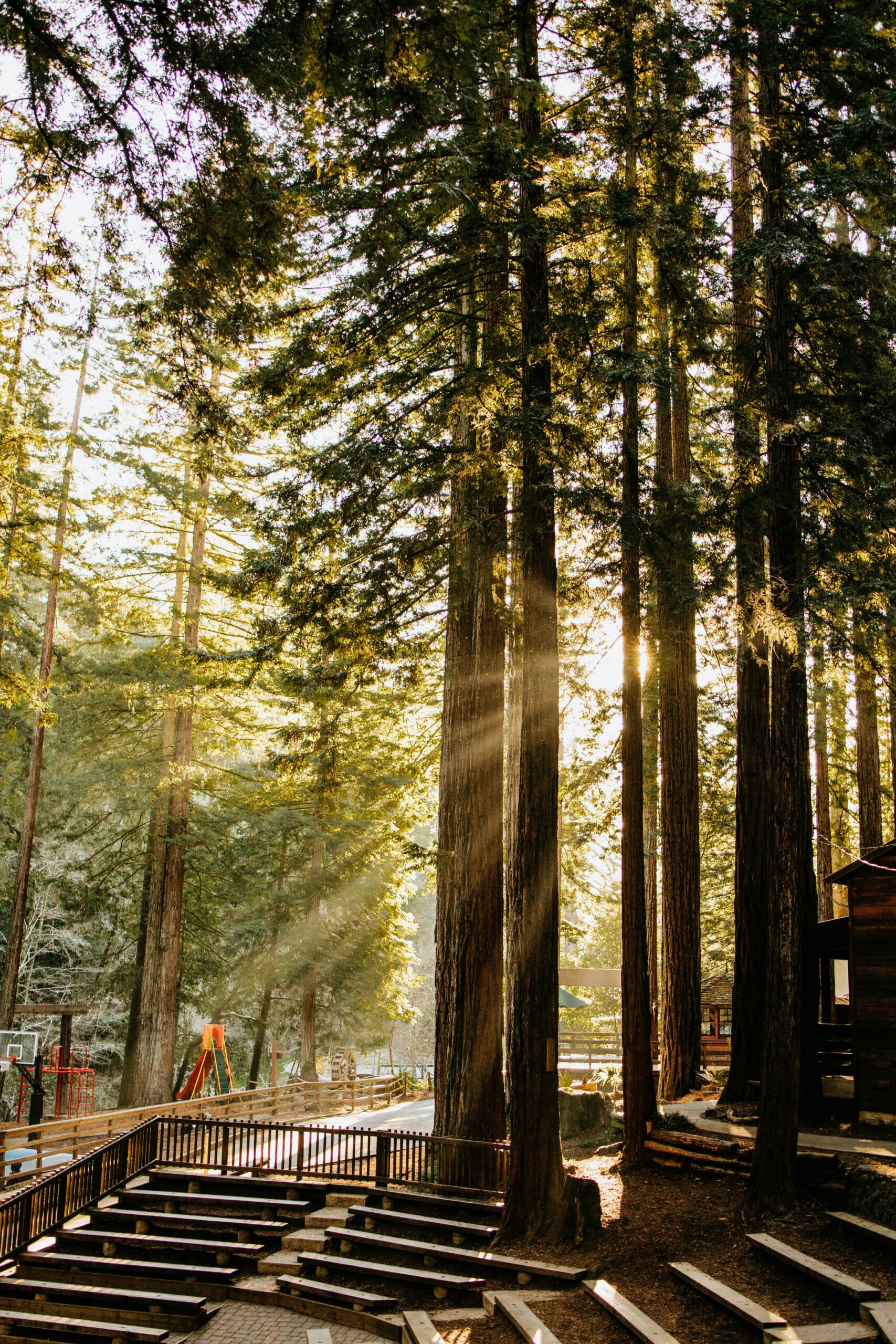Facts About the California Flag: Origins and Symbolism of the Bear Republic Banner
The distinctive California state flag features a powerful grizzly bear standing atop green grass, with a red star above and the words “California Republic” prominently displayed on a white background. The flag originated during the Bear Flag Revolt of 1846, when American settlers in Mexican-controlled California declared independence and raised their own banner.
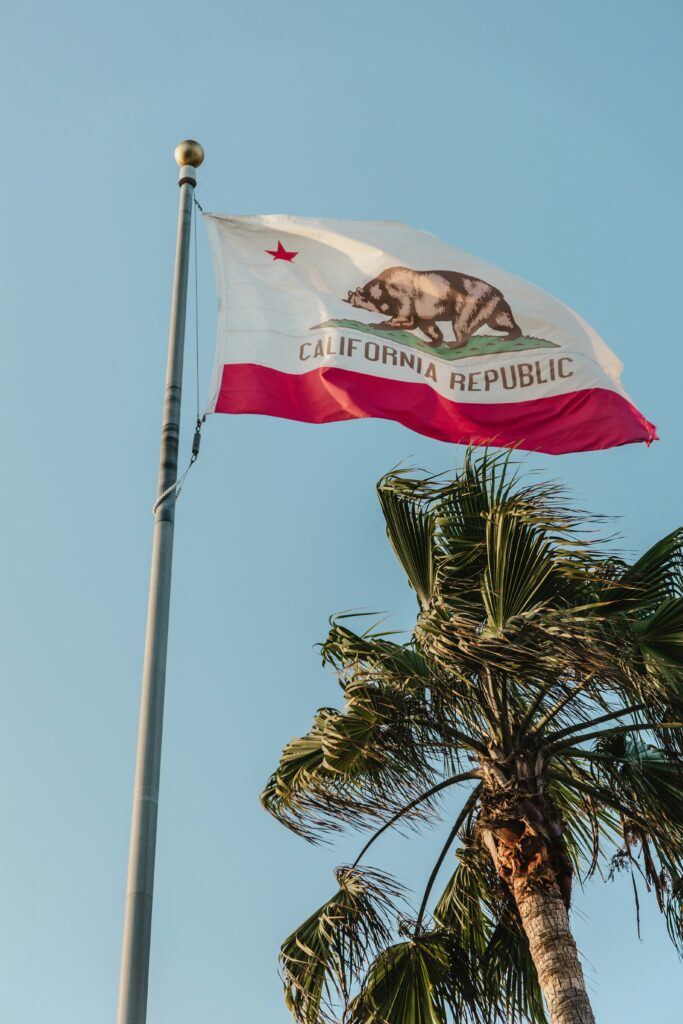
This iconic design draws inspiration from earlier independence movements, including the Lone Star Flag used in 1836. The flag became the official state symbol when California formally adopted it on February 3, 1911, though its design specifications were not standardized until 1953.
The grizzly bear emblem symbolizes strength and independence, while the red star represents sovereignty. These elements combine to create one of the most recognizable and highly-ranked state flags in America, telling a story of revolution, statehood, and California's unique identity.
Facts About the California Flag: Origins and Symbolism of the Bear Republic Banner
History of the California Flag
The California state flag emerged from a complex series of historical events, beginning with the Bear Flag Revolt of 1846 and culminating in its official adoption in 1911. The flag's distinctive design featuring a grizzly bear has remained a powerful symbol of California's independence and identity.
Origin and Design
The California flag features a white field with a red stripe along the bottom and a red star in the upper left corner. A brown grizzly bear stands prominently in the center, walking on green grass.
The design draws inspiration from the Lone Star Flag of 1836, an earlier independence movement. The red star element from this original flag remains part of today's design.
The words “California Republic” appear below the bear, commemorating the short-lived independent state declared by American settlers.
Bear Flag Revolt
The flag's origins trace back to the Bear Flag Revolt of 1846, when American settlers in Mexican-controlled California declared independence. The revolutionaries created the first Bear Flag using brown paint and cloth.
A group of about 30 Americans seized the town of Sonoma and raised their newly created flag as a symbol of rebellion against Mexican rule. The revolt coincided with the Mexican-American War.
Adoption as State Flag
California operated without an official state flag for over 50 years after achieving statehood in 1850. The original Bear Flag was destroyed in the 1906 San Francisco earthquake.
Governor Hiram Johnson signed legislation in 1911 making the Bear Flag the official state flag. An accurate copy of the original flag now resides in Sonoma.
The state legislature standardized the flag's design specifications, ensuring consistency in its appearance across all official uses.
Symbolism of the Flag Elements
The California state flag features distinct elements that represent the state's history, values, and character through carefully chosen symbols and colors.
The Grizzly Bear
The powerful grizzly bear stands as the central figure on the flag, symbolizing strength and independence. The bear depicted is modeled after a California grizzly named Monarch, who was captured in 1889.
The bear faces left, representing the west-facing direction of California's progress and development. Its stance shows determination and courage, traits associated with the state's pioneering spirit.
Though California grizzlies went extinct in 1924, the bear emblem continues to represent the untamed wilderness that once defined the region.
The Lone Star
A single red star appears in the upper left corner, connecting to California's history of independence. This star originated from the earlier Lone Star Flag used in an 1836 independence movement.
The five-pointed star represents sovereignty and California's ambition to govern itself. Its red color symbolizes courage and revolution.
The Red Stripe
The red stripe at the bottom of the flag serves as a bold foundation for the design. This stripe represents the courage and sacrifice of those who shaped California's destiny.
The width and placement of the stripe creates visual balance with the other elements while adding a distinctive border to the flag's composition.
The White Field
The white background of the flag provides a clean, striking contrast for the other elements. This color choice represents purity and integrity.
The white field enhances the visibility of the bear and text, making the flag easily recognizable from a distance.
The words “California Republic” appear prominently on the white field, commemorating the brief period of independence known as the Bear Flag Revolt of 1846.

Design Specifications
The California state flag follows precise design standards established in 1953 when Governor Earl Warren signed legislation standardizing the specifications.
Official Colors
The flag features a crisp white field as its primary background. A bold red stripe runs along the bottom edge, matching the red five-pointed star in the upper left corner.
The grizzly bear must be rendered in dark brown, appearing in a left-facing stance. The text “CALIFORNIA REPUBLIC” appears in dark brown block letters below the bear.
Dimensions and Proportions
The flag maintains a length-to-width ratio of 3:2, following standard United States flag proportions.
The red stripe at the bottom occupies one-sixth of the flag's total height. The grizzly bear's height equals two-thirds of the flag's vertical dimension.
The red star measures six inches in diameter when the flag is sized at standard dimensions. The “CALIFORNIA REPUBLIC” text spans approximately one-third of the flag's total length.
All elements must be centered vertically within their designated spaces on the white field.
Flag Variations
The California state flag exists in multiple standardized versions, each adhering to specific guidelines while maintaining the iconic bear, star, and “California Republic” text design elements.
Government Use
Official California government buildings display flags manufactured to strict specifications outlined in the California State Flag standards. These flags must use exact color matches for the red stripe and star.
Indoor ceremonial versions feature gold fringe and are mounted on ceremonial poles with ornamental spear tips. These appear in government offices, courtrooms, and the State Capitol building.
The dimensions and proportions remain consistent across all government uses – a 2:3 ratio with precise measurements for the bear's size and positioning.
Military Ensigns
The California Military Department uses modified versions of the state flag. Their variant includes gold cording and tassels.
The California National Guard incorporates unit insignias and battle streamers when displaying the state flag alongside their unit colors.
Military police units utilize a variant with a blue background instead of white during law enforcement operations.
Historical Variants
The original Bear Flag from the 1846 revolt featured a more crude bear design painted by hand. The text appeared in black paint rather than today's standardized typography.
Between 1846 and 1911, multiple unofficial versions circulated with varying bear designs and color schemes. Some featured brown or black bears instead of the modern grizzly.
The red star element came from an earlier Lone Star Flag used in an 1836 independence movement. This design element persisted through various iterations before becoming standardized.
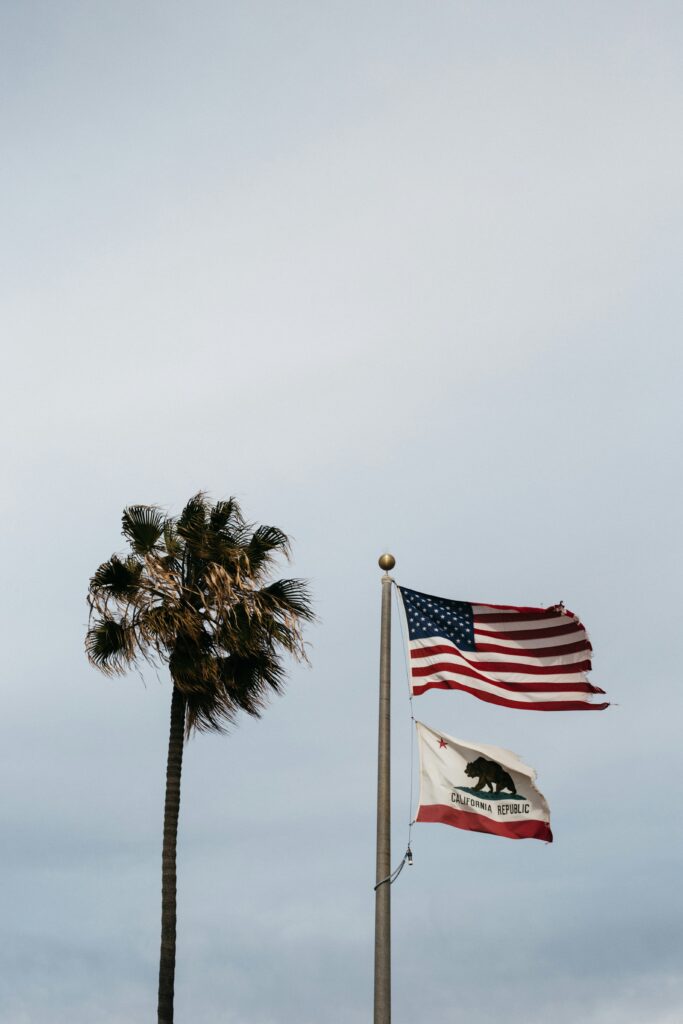
Legislation and Protocol
California has specific laws and guidelines governing the proper display and treatment of its state flag, established through various government codes and regulations.
Flag Desecration Laws
The California Government Code protects the state flag from mutilation, defacement, or improper use. Private property owners maintain the right to display the flag on their premises.
Section 434.5 of the California Government Code prohibits preventing anyone from displaying the flag at their workplace or private property.
California law requires that all state flags be manufactured in the United States.
Display Guidelines
State buildings must display the California flag during business hours. This requirement extends to public schools and government offices.
The California flag should be positioned to the right of the American flag when displayed together. When multiple flags are present, the American flag takes precedence.
Half-staff display requires authorization from either:
- Presidential decree
- Gubernatorial decree
- Agency secretary (for state agencies)
The state flag must mirror the American flag's position when at half-staff.
Flag Manufacturers and Economics
California's flag manufacturing industry generates millions in revenue annually through both local production and imports, with several major companies leading production and distribution across the state.
Major Flag Makers
Emerson USA Inc. stands as San Francisco's only remaining textile manufacturer and the second-oldest flag company in the United States. The company specializes in producing California state flags and custom banners.
The California Flag Company maintains strict quality standards in their manufacturing process, using premium materials and precise detailing for each bear flag they produce.
Several smaller manufacturers also contribute to the state's flag production, though most operate on a regional scale serving specific counties and municipalities.
Economic Impact
Flag manufacturing creates jobs in California's textile sector, employing skilled workers in design, production, and distribution roles.
The industry sees peak demand during patriotic holidays and government contract renewals. State institutions, schools, and government buildings represent the largest purchasers of California state flags.
Private sector sales make up approximately 40% of flag revenue, with individual consumers and businesses purchasing flags for display and ceremonial purposes.
Cultural Impact
The California flag's iconic bear and star design serves as a powerful cultural symbol that appears extensively across media, merchandise, and official state materials.
Inclusion in Popular Media
The California flag frequently appears in movies and TV shows set in the state, particularly in scenes involving government buildings or political storylines. Video games like Grand Theft Auto V and Fallout: New Vegas incorporate the bear flag into their fictional California-inspired worlds.
Sports teams and athletic apparel brands often integrate elements of the flag into their designs. The California Republic text and grizzly bear appear on clothing, accessories, and merchandise sold nationwide.
Use in State Branding
State agencies consistently incorporate the flag's design elements into their official logos and documentation. The bear symbol appears on California Highway Patrol vehicles, state park signs, and government buildings.
Tourism materials and promotional campaigns prominently feature the flag's imagery to establish instant recognition. Many public institutions display the flag during holidays and ceremonies, reinforcing its role in state identity.
Local businesses and products use the flag's design elements to emphasize their California origins. Wine labels, food packaging, and regional brands often include the bear or star motif.
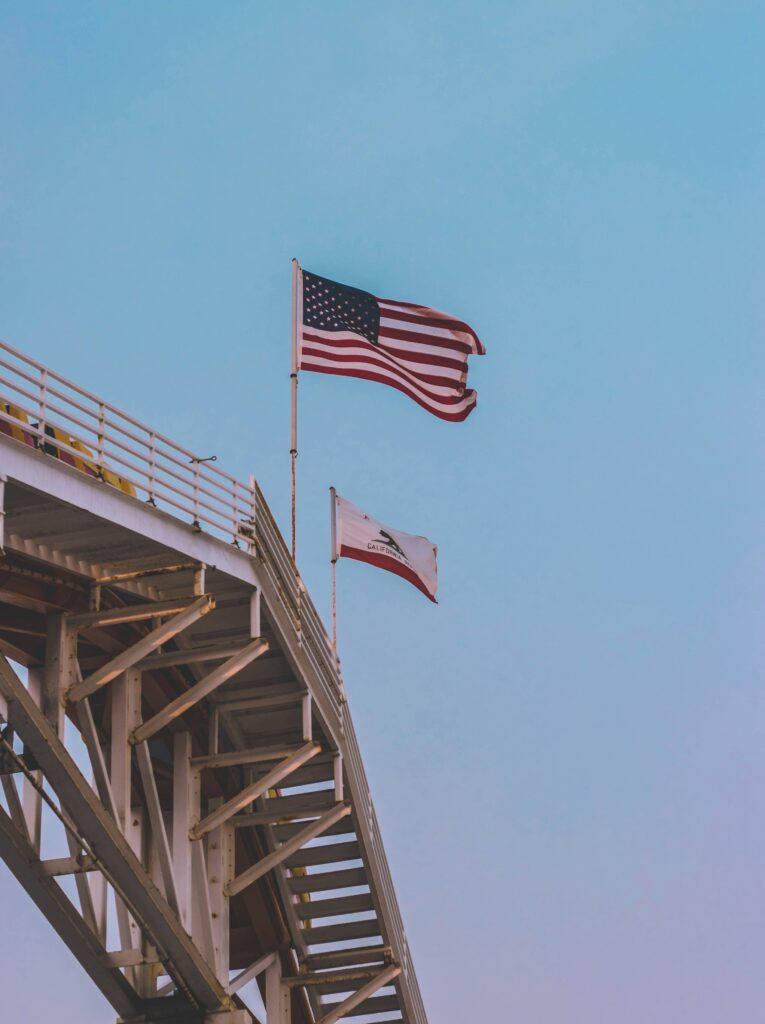
Educational Use
The California state flag serves as a powerful educational tool in classrooms across the state, teaching students about independence, rebellion, and civic pride through its distinct imagery and historical significance.
Teaching State History
California schools incorporate the Bear Flag Revolt into their curriculum as a pivotal moment in state history. Students learn about the 1846 uprising when American settlers declared independence from Mexican rule.
Teachers use the flag's elements as visual aids to explain historical events. The grizzly bear, red star, and “California Republic” text each provide tangible connections to the state's path to statehood.
Interactive projects allow students to recreate the flag while learning about its standardized design specifications established in 1953.
Civic Symbolism
The flag instills state pride by highlighting California's independent spirit and revolutionary origins. Its symbols represent core state values:
- Grizzly Bear: Strength and resilience
- Red Star: Sovereignty and independence
- White Background: Purity of purpose
- Red Stripe: Courage and sacrifice
Students examine how these elements reflect California's identity and cultural heritage. The flag's design promotes discussions about civic responsibility and state governance.
Conservation and Preservation
Proper textile preservation techniques and specialized storage methods protect California's historic flags while maintaining their cultural significance for future generations.
Vintage Flags
Historic flag conservation requires precise control of temperature, humidity, and light exposure to prevent material degradation. Museums store vintage California flags in acid-free containers and custom-built display cases.
Trained conservators handle these delicate artifacts with specialized tools and wear protective gloves to prevent oils and contaminants from damaging the fabric.
State museums employ advanced preservation methods to maintain original flags from different periods, including pre-statehood examples from the 1846 Bear Flag Revolt.
Restoration Efforts
Professional conservators use non-invasive cleaning techniques and carefully documented repair procedures to stabilize damaged flags. They focus on preventing further deterioration while preserving original materials.
Digital imaging and detailed documentation help track the condition of historic flags over time. This information guides future preservation work and helps establish restoration priorities.
Museums and historical societies organize public exhibitions of restored flags while maintaining strict environmental controls. These displays balance public access with long-term preservation needs.
Custom support systems help distribute weight evenly across fragile textiles during storage and display. Conservators regularly monitor flag conditions and adjust preservation strategies as needed.
Controversies and Debates
The California state flag has sparked debates about its historical origins and political implications, with questions raised about both the accuracy of its depiction and its symbolic meaning in modern times.
Historical Accuracy
The grizzly bear depicted on the state flag was modeled after a real California grizzly named Monarch, but critics argue this representation lacks authenticity since the original Bear Flag Revolt banner featured a much cruder drawing.
Some historians point out inaccuracies in the flag's creation story. The original Bear Flag had connections to pro-slavery movements, a fact often omitted from historical narratives.
The red star's placement and size have also faced scrutiny from vexillologists who note inconsistencies between various historical versions of the flag.
Political Symbolism
Recent controversies have emerged regarding flag etiquette and its display alongside other symbols of state authority, particularly in relation to law enforcement recognition.
The bear symbol has become a point of contention in modern political discourse. Some groups view it as a symbol of state independence and strength, while others see it as a reminder of colonial expansion.
The flag's role in California's identity politics has intensified, with debates about whether its imagery appropriately represents the state's diverse population and contemporary values.

